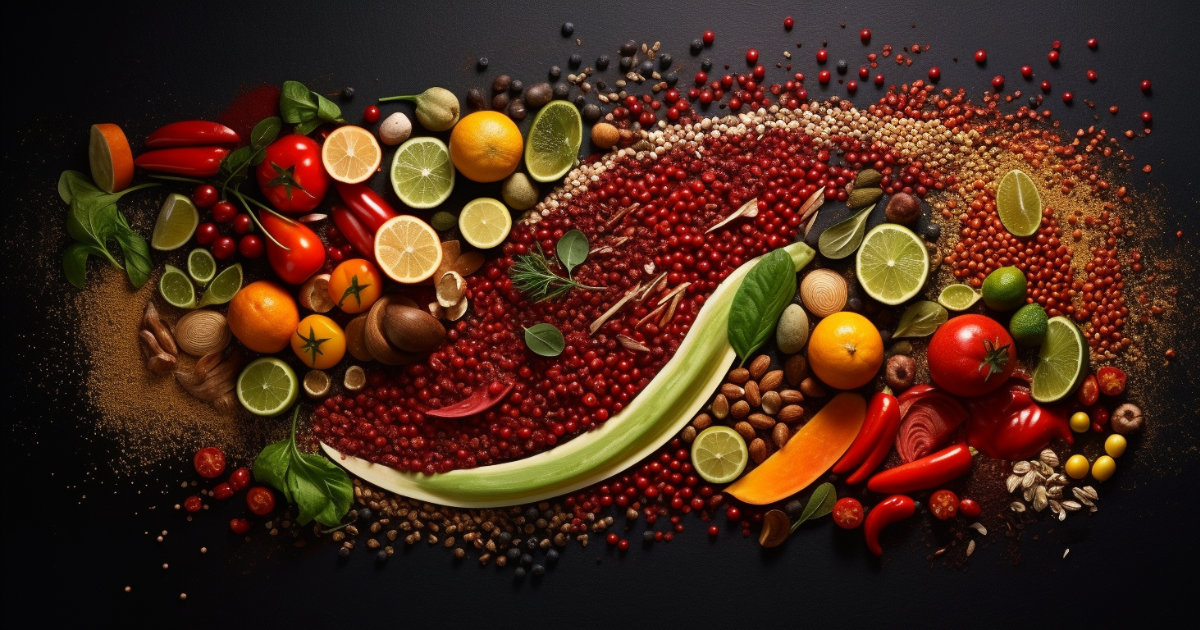In the world of emergency preparedness, outdoor adventures, and military maneuvers, one type of food stands out for its resilience and practicality – the MRE, or Meal Ready to Eat. Initially developed for the military to sustain soldiers in combat without the luxury of a cooked meal, MREs have made their way into the backpacks of campers, survivalists, and disaster-preparedness kits. This comprehensive guide will walk you through everything you need to know about MRE, their evolution, how they work, and why they might be a crucial inclusion in your survival strategy.
What are MREs?
MREs are self-contained, individual rations designed for extreme durability and a long shelf life, making them ideal for situations where traditional food sources are unavailable or impractical. A typical MRE pack contains a main course, side dish, dessert, bread or crackers, spread (peanut butter, jelly, or cheese spread), beverages (coffee, tea, and electrolyte drinks), and accessories including utensils, napkins, and sometimes a flameless ration heater (FRH) to heat the meal.
The Evolution of MREs
The concept of pre-packaged military rations dates back centuries, but the modern MRE was not introduced until 1980. Before MREs, soldiers relied on canned MCI (Meal, Combat, Individual) rations or lighter but less satisfying LRP (Long Range Patrol) rations during the Vietnam War. The development of MREs was a response to the need for more portable, nutritious, and varied food options that could withstand harsh conditions without spoiling.
Over the years, MREs have evolved significantly. Early versions were criticized for their taste and lack of diversity. Today, there are over two dozen menu options, including vegetarian and Kosher meals, incorporating feedback from servicemembers to improve taste and variety. Continuous innovation has led to the inclusion of flameless ration heaters, more compact and lightweight packaging, and improved nutritional content.
How MREs Work
The magic of MREs lies in their meticulous packaging and preservation processes. The food is prepared, cooked, and then sealed in tri-laminate retort pouches, which are designed to preserve the food’s nutrition and prevent the infiltration of oxygen or microbial contamination. This method extends the shelf life of MREs to at least three years at 80°F, with shorter spans under higher temperatures.
One of the most notable features of MREs is the FRH, a water-activated chemical heater that allows servicemembers to heat their meals without a fire, providing a warm meal no matter the conditions. This self-contained heating system adds to the convenience and appeal of MREs as a survival staple.
Nutritional Content and Variety
MREs are engineered to meet the high-calorie needs of active military personnel, providing 1,200 to 1,300 calories per meal, balanced between carbohydrates, proteins, and fats. They are also fortified with vitamins and minerals to ensure soldiers receive the necessary nutrients while on the field.
The variety of MRE menus has expanded significantly, from the earlier, more monotonous offerings to a broad selection that includes dishes like beef stew, vegetarian pasta, chicken burritos, and a range of international cuisines designed to cater to diverse tastes and dietary requirements.
From hearty beef stew and flavorful vegetarian pasta to savory chicken burritos, the repertoire of MRE menus now includes an impressive assortment of dishes that rival those found in traditional dining settings. Moreover, the inclusion of international cuisines adds a dynamic dimension to MRE offerings, allowing individuals to enjoy culinary delights from around the globe without compromising on convenience or quality.
This expansion in menu variety not only enhances the dining experience for military personnel and outdoor enthusiasts but also acknowledges the diverse dietary requirements and preferences of individuals. Whether seeking protein-rich options, vegetarian alternatives, or culturally inspired meals, there is now an MRE menu to suit virtually every palate and nutritional need.
Overall, the broadening diversity of MRE menus reflects a commitment to providing individuals with satisfying, nutritious, and enjoyable meal options in any setting. By offering a range of flavorful dishes that appeal to diverse tastes, MREs ensure that individuals can maintain optimal nutrition and morale even in the most demanding circumstances.
Why Include MREs in Your Survival Kit?
Long Shelf Life: MREs can be stored for years without degradation in quality, making them an ideal emergency staple.
Self-Sufficient: With everything included for a full meal, plus a heater, you don’t need any additional tools or utilities to prepare an MRE.
Nutritionally Balanced: They are designed to sustain energy levels and nutritional intake in demanding environments.
Versatile: MREs are useful not just for military or survival situations but also for camping, hiking, and disaster preparedness.
Compact and Lightweight: With intelligent packaging, they’re easy to pack and carry without taking up too much space or adding excessive weight.
Tips for Including MREs in Your Preparedness Plan
Rotate Stock: While MREs have a long shelf life, it’s essential to rotate your stock based on the “inspection date” to ensure the freshest quality.
Taste Test: Familiarize yourself with the taste and acceptability of MREs by trying different menus before depending on them in a survival situation.
Nutritional Balance: Supplement MRE consumption with other food sources when possible to ensure a wider range of nutrients and to prevent palate fatigue.
Safe Storage: Store MREs in a cool, dry place to maximize their shelf life.
Conclusion
Meals Ready to Eat have revolutionized the way we think about survival, emergency preparedness, and sustenance under extreme conditions. Their evolution from simple sustenance to a variety of well-rounded, tasty options reflects the importance of adaptability and nutritional balance in modern survival situations. Whether you’re a military personnel stationed abroad, a survival enthusiast, or simply preparing for the unexpected, MREs are an indispensable component of any comprehensive preparedness plan. Incorporating MREs into your strategy ensures that, no matter the circumstances, a nutritious meal is always within reach.






